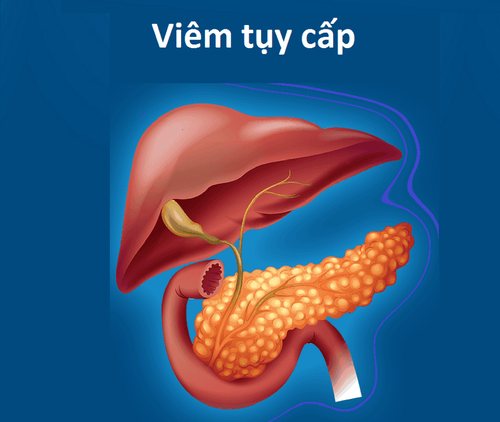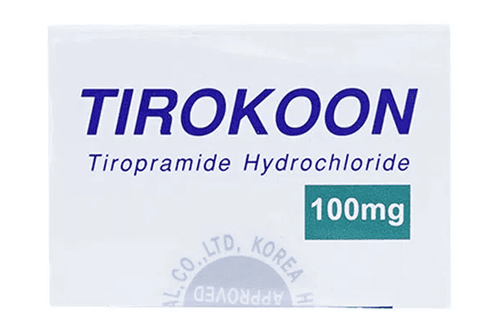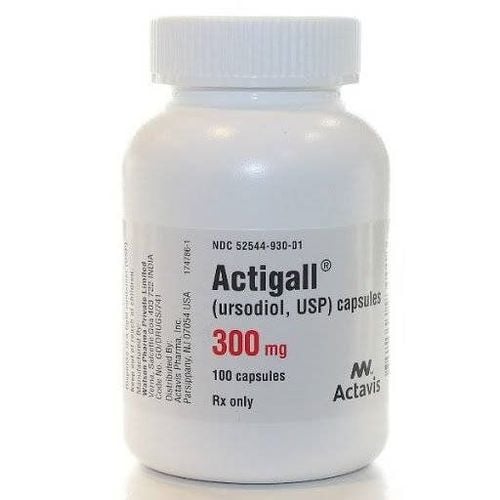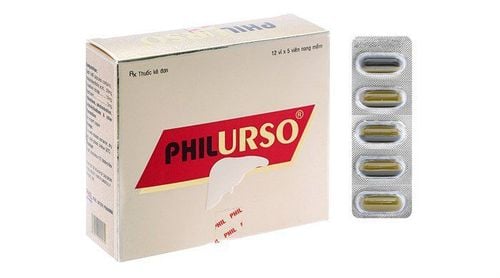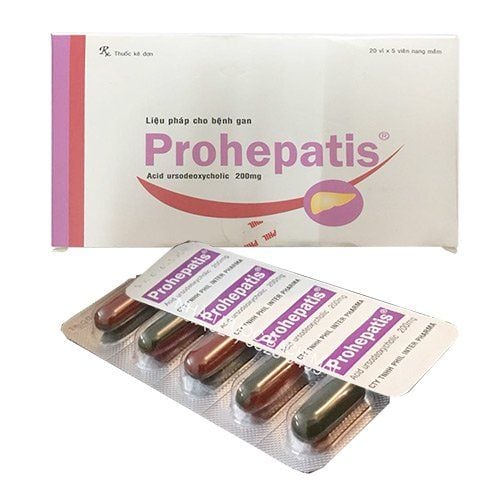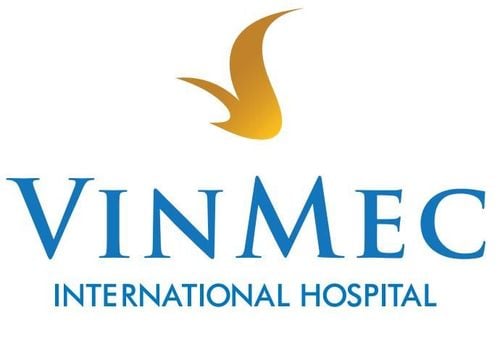This is an automatically translated article.
Biliary colic is a clinical manifestation of strong contraction of the smooth muscle layer of the gallbladder wall. This spasm occurs when there is an acute obstruction of the flow of bile. The location of the obstruction is usually in the neck of the gallbladder or at the end of the common bile duct.
1. What is biliary colic?
Biliary colic is pain associated with the gallbladder. The main gallbladder problems that cause biliary colic are biliary colic, cholecystitis, gallstones, pancreatitis, and ascending cholangitis.
2. Causes of biliary colic
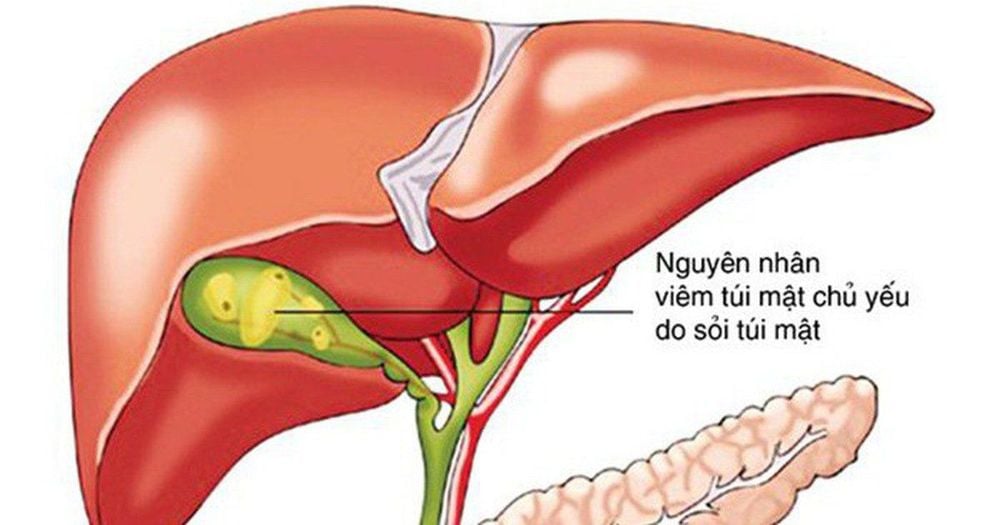
Viêm túi mật gây ra cơn đau quặn mật
To date, the main causes of biliary colic are biliary colic, cholecystitis, gallstones, pancreatitis, and ascending cholangitis. However, there are two main causes of pain that either originate in the gallbladder or are directly related to the gallbladder, including:
- Gallstones partially or completely obstruct any bile duct.
- Solid sludge and inflammation that may be accompanied by irritation or infection of the surrounding tissues, partial or total obstruction of the bile ducts leading to compression and ischemia (insufficient blood supply) due to blockage of blood vessels in the area).
Usually gallstones form in the gallbladder, but can form in any duct. So when the gallbladder contracts (by muscle), bile normally passes through the ducts into the digestive tract. However, if gallstones or solid mudstones are present, they can partially or completely block the ducts and press on surrounding tissue, which is enough to cause ischemia. In addition, other problems such as trauma can also cause biliary colic. In addition, biliary tract and gallbladder infections that occur frequently after gallstone obstruction can also be a cause of pain.
3. Disease-causing symptoms
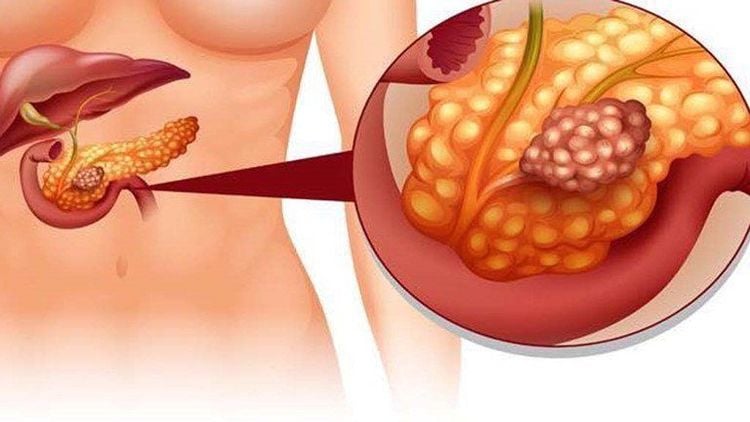
Viêm tụy
Symptoms of biliary colic vary widely and can be triggered by certain foods. The pain can be constant, unchanged in the abdomen, radiating to the back, and range from mild to severe depending on the underlying cause.
Biliary colic may vary or be perceived differently depending on the cause. Many people with gallstones never experience pain. However, a few other types of biliary colic help doctors diagnose.
- Biliary colic (intermittent bile duct obstruction): sudden and rapidly increasing pain (severe pain or tenderness) in the right upper abdomen or epigastrium; some people have pain that radiates to the right shoulder (or back pain at the top of the scapula) and/or causes nausea and vomiting. The pain usually subsides in about 1 to 5 hours although mild pain can last about a day.
- Cholecystitis (inflammation of the gallbladder tissue secondary to obstruction of the bile duct): constant pain in the right upper abdomen that may radiate to the right shoulder or back, abdominal pain when touching or pressing on the abdomen, emptying sweating, nausea, vomiting, fever, chills and flatulence. The discomfort lasts longer with biliary colic.
- Acute cholecystitis (without gallstones): has symptoms similar to cholecystitis but occurs as a complication of other problems such as trauma or burns. The patient has severe symptoms and presents with severe illness.
- Pancreatitis : gallstones from the gallbladder can block the pancreatic duct and cause pancreatitis (inflammation of the pancreas) with upper abdominal pain that may radiate to the back, abdominal pain, pain worse after eating, accompanied by nausea and vomiting.
- Elevated cholangitis (or simply cholangitis or infection of the biliary system) causing fever, abdominal pain, jaundice, even hypotension (low blood pressure) and confusion; This is an emergency that needs to be treated.
4. Diagnosis of biliary colic
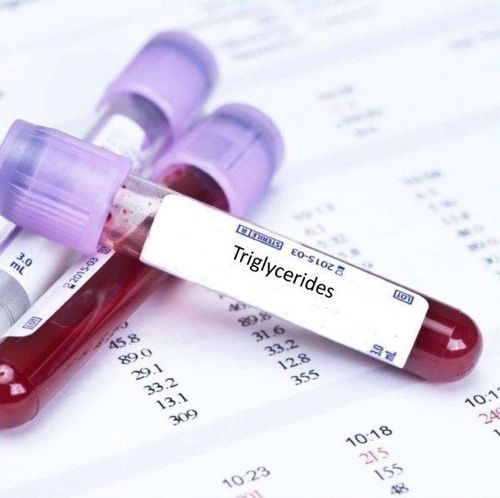
Xét nghiệm lipase giúp xác định nguyên nhân gây ra cơn đau
History and physical examination help establish the initial diagnosis. Murphy's sign (pain or temporary cessation of breathing on deep right subcostal compression) is the presumptive feature in more than 95% of cases of acute cholecystitis.
Several laboratory tests such as liver function tests, lipase, amylase, complete blood count (CBC) and abdominal X-ray are done to determine the exact cause of the pain. Ultrasound can detect gallstones and CT scans can identify structural changes to the organ. A HIDA scan (using radioactive material) can measure gallbladder emptying while an ERCP test uses an endoscope to introduce dye into the pancreatic duct, gallbladder, and liver. Magnetic resonance imaging (MRI) is sometimes used to examine the structure of organs (liver, gallbladder, and pancreas) in detail. Other tests may also be considered. The results of these tests help identify the problem and establish the diagnosis.
5. Treatment Methods
If you don't have biliary colic (even if you have gallstones but never have pain), you don't need treatment. Some patients with one or two episodes of pain may choose not to have treatment. Pain during an acute attack is usually treated with morphine. Medical treatments include:
- Bile salt therapy (<50% effective)
- Ursodiol (eg Actigall)
- Lithotripsy
- Lithotripsy (shock wave).
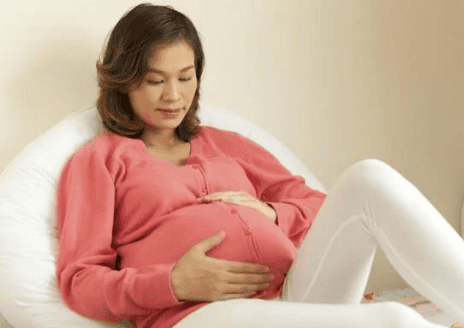
Phụ nữ đang mang thai có thể phẫu thuật để điều trị viêm túi mật cấp tính
The definitive treatment is surgical removal of the gallbladder (and/or obstruction of the gallstones) with surgery. Currently, the surgical method of choice is laparoscopic surgery. The gallbladder is removed through small incisions in the abdomen using instruments. However, some patients need more extensive surgery. Usually, the majority recover well when the gallbladder is removed unless there is an underlying cause that presents as biliary colic (eg, biliary dyskinesia, sphincter of Oddi dyskinesia). .
Pregnant women are treated like non-pregnant women, although pregnant women are generally at higher risk of cholesterol gallstones than non-pregnant women. Supportive care is available to women who are pregnant, but they may need surgery if they have acute cholecystitis.
6. Prevention of biliary colic
The following lifestyle and home remedies can help you cope with biliary colic:
Maintaining a healthy weight and engaging in physical activity can relieve biliary colic pain and reduce the number of amount of pain. However, you should consult your doctor before doing any heavy activities. Certain activities that put pressure on the abdomen can worsen symptoms.
Increasing the intake of nutrient-rich foods in the diet such as vegetables and fruits can improve gallbladder function and prevent complications.
Warm compresses can relax and relieve pain. Applying a hot compress can calm spasms and relieve pressure caused by bile buildup.
Menthol, a soothing compound that stimulates pain relief. To relieve biliary colic and improve gallbladder health, you can drink peppermint tea until the pain goes away. Drink this tea regularly to reduce the number of biliary colic episodes.
Vinmec International General Hospital is a high-quality medical facility in Vietnam with a team of highly qualified medical professionals, well-trained, domestic and foreign, and experienced.
A system of modern and advanced medical equipment, owning many machines in the world, helps to detect many difficult and dangerous diseases in a short time, supporting the diagnosis and treatment of doctors effectively. best. The hospital space is designed according to hotel standards, giving patients comfort, friendliness and peace of mind.
Please dial HOTLINE for more information or register for an appointment HERE. Download MyVinmec app to make appointments faster and to manage your bookings easily.




